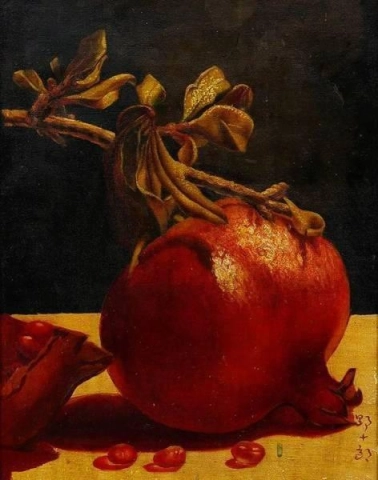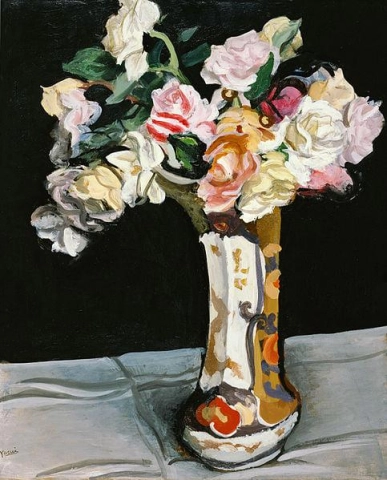Hand-painted painting reproductions - Movements - Western-style painting
Imagine owning a museum-worthy piece of art, created by the greatest artists in history and reproduced by passionate and experienced painters. At POD, we offer you the opportunity to make that dream a reality. We reproduce the works of art of your favorite painters from the Western-style painting art movement in the smallest details, so that you can enjoy them in your own home.
Our reproductions are made by experienced artists who use the best materials and techniques. We are committed to providing you with works of art of the highest quality, which will bring joy and inspiration to your family for generations to come.
Western-style painting, often referred to as Western art or Occidental painting, encompasses a broad range of artistic traditions and techniques that have evolved over centuries in Europe and the Western world. This style of painting is characterized by its emphasis on realism, perspective, and the use of oil paints, which contrast with the more stylized and abstract approaches found in many non-Western art traditions. Western-style painting includes numerous movements and periods, each contributing to its rich and diverse history.
At its core, Western-style painting is known for its commitment to realistic representation and the detailed portrayal of subjects. This approach is rooted in the Renaissance period, which marked a significant shift from the flat, symbolic forms of medieval art to more lifelike and three-dimensional depictions. Artists during this time, such as Leonardo da Vinci, Michelangelo, and Raphael, employed techniques like linear perspective and chiaroscuro (the use of strong contrasts between light and dark) to create depth and volume in their works. These innovations laid the foundation for much of what is considered Western-style painting today.
The use of oil paint, which became prominent during the Northern Renaissance, is another hallmark of Western-style painting. Unlike tempera, which was commonly used in earlier periods, oil paint allows for greater flexibility and richness in color. Its slow drying time enables artists to work more meticulously and blend colors seamlessly, resulting in more vivid and dynamic compositions. This technique was popularized by artists such as Jan van Eyck and Hieronymus Bosch, who demonstrated the medium's potential for intricate detail and texture.
Throughout the Baroque period, Western-style painting continued to evolve with a focus on dramatic expression and movement. Artists like Caravaggio and Peter Paul Rubens utilized bold contrasts, dynamic compositions, and emotional intensity to engage viewers and convey narratives. This era was marked by its elaborate and theatrical approach, which sought to captivate and move audiences through powerful visual storytelling.
The 18th and 19th centuries saw the rise of various artistic movements that further defined Western-style painting. The Rococo period, with its ornate and playful characteristics, was followed by Neoclassicism, which emphasized a return to the ideals of classical antiquity. Romanticism emerged as a response to the Enlightenment, celebrating individualism, emotion, and the sublime aspects of nature. These movements contributed to a diverse array of styles and themes within Western painting, reflecting the changing cultural and intellectual currents of the time.
The advent of modernism in the late 19th and early 20th centuries marked a dramatic departure from traditional Western-style painting. Movements such as Impressionism, led by artists like Claude Monet and Edgar Degas, challenged conventional techniques by focusing on light, color, and the fleeting effects of the natural world. Post-Impressionism, with figures like Vincent van Gogh and Paul Cézanne, further pushed the boundaries of form and expression, paving the way for subsequent avant-garde movements.
The 20th century brought about an explosion of new styles and movements within Western-style painting, including Cubism, Abstract Expressionism, and Surrealism. Artists such as Pablo Picasso, Jackson Pollock, and Salvador Dalí explored innovative approaches to form, composition, and subject matter, leading to a diverse and vibrant array of artistic expressions. These movements often sought to break away from traditional representations and explore the psychological, emotional, and conceptual dimensions of art.
Contemporary Western-style painting continues to evolve, reflecting the complexities and global nature of today’s art world. Contemporary artists draw on a wide range of influences, from historical Western art to diverse global traditions, creating works that address contemporary issues, explore new technologies, and challenge traditional notions of art. The integration of mixed media, digital technologies, and interdisciplinary approaches has further expanded the possibilities within Western-style painting, making it a dynamic and ever-changing field.
In summary, Western-style painting encompasses a rich history of artistic evolution, characterized by its focus on realism, the use of oil paints, and the development of various movements and styles. From the Renaissance to contemporary art, Western-style painting has continually adapted and transformed, reflecting the changing cultural, intellectual, and technological landscape. Its enduring influence and ongoing innovation make it a vital and integral part of the global art scene, continuing to inspire and engage audiences around the world.






